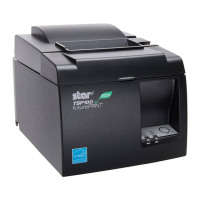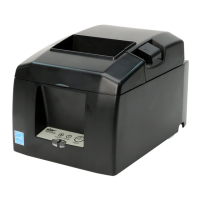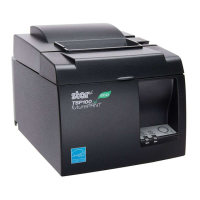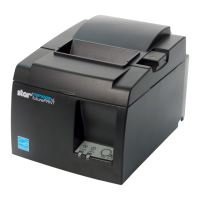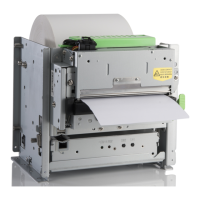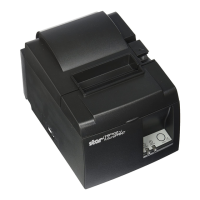Example: Font attributes
Let’sputthelasthalfdozenfontaltnbutcstogetherin anexample.Saywe
wanttoselectanicefont—asmallLinePrinter- forthefootnotesinareport
we’vefinished.Let’smakeitoursecondaryfont,sincethebodyofourreport
is donein theprimaryfont.
We’ll go with the defaultsfor orientationand symbol set. But let’s be
specificabouttheotherattributes,andlet’sremembertoputtheminpriority
order.
Wedecideonamonospacedof 16.66charactersperinchandaheightofjust
sevenpoints(footnotesshouldlooksmallerthanourregulartext).To keep
itreadable,weoptfortheordinaryuprightstyleandmediumweightinthe
LinePrintertypeface.Oursequenceof individualcommandswouldlook
likethis:
<ESC>
)S OP
<ESC>
)S 16.66H
<ESC>
)S 7V
<ESC>
)S OS
<ESC>
)S OB
<ESC>
)S OT
Sincethese font attributesall start with the same )s command-category
prefix,let’sput themalltogetherin onccommand:
<ESC>
)S OP 16.66h 7V@ ObOT
TheBASICstatcmentwccouldsendto selectourdesiredfontwouldlook
likethis;
100 LPRINTCHR$(27);“)sOp16.66h7vOsObOT”
And assuming we have such a font in our printer, we‘d get a
font that looks like this sentence for our footnotes.
Underline
Underliningis printingfeature,nota fontattribute.
Youcan underlinein two ways:as a printfeature,or withthe– underline
character.If youbackspaceandusetheunderlinecharacter,however,you
oftenfindtheunderlinedoesn’tcomeoutthesamelengthas yourtext.
The underlinecommandworks better. When you turn on the underline
80

